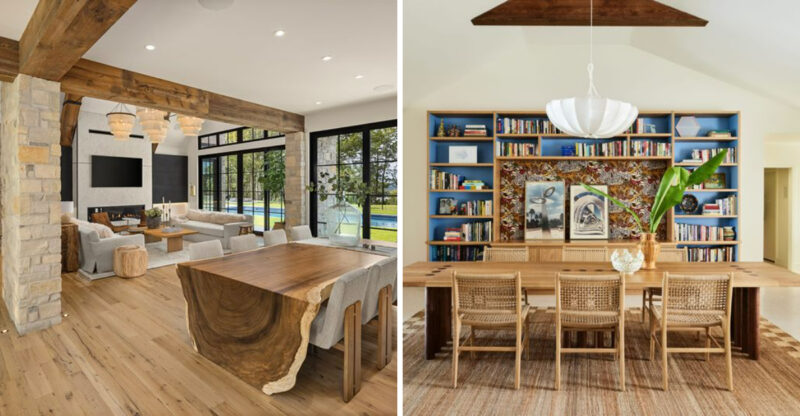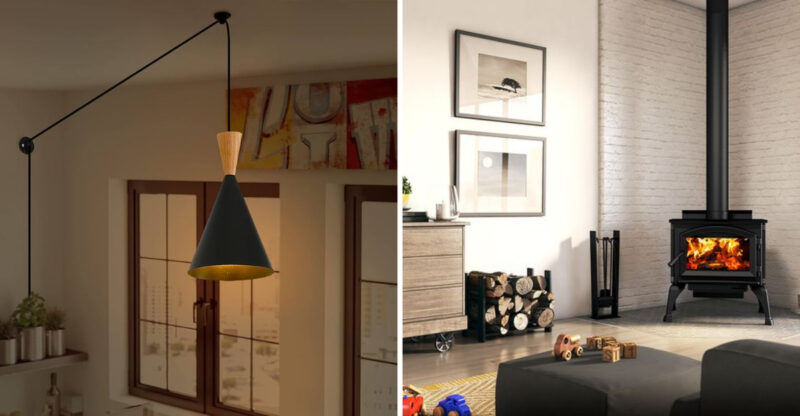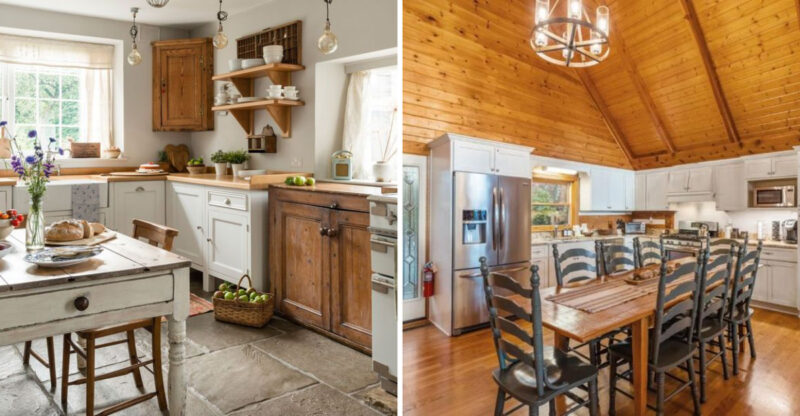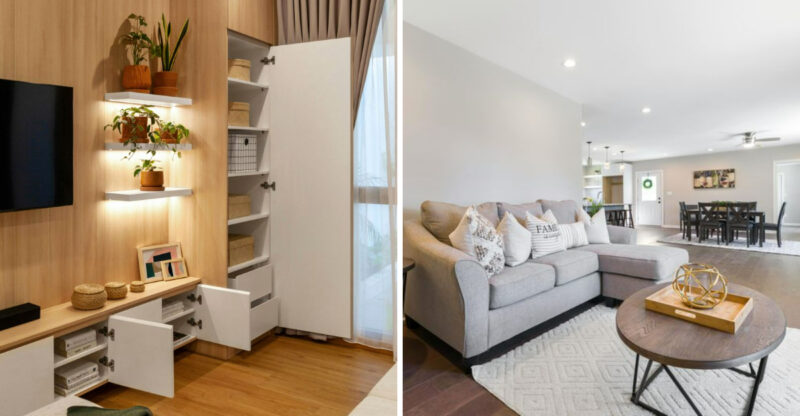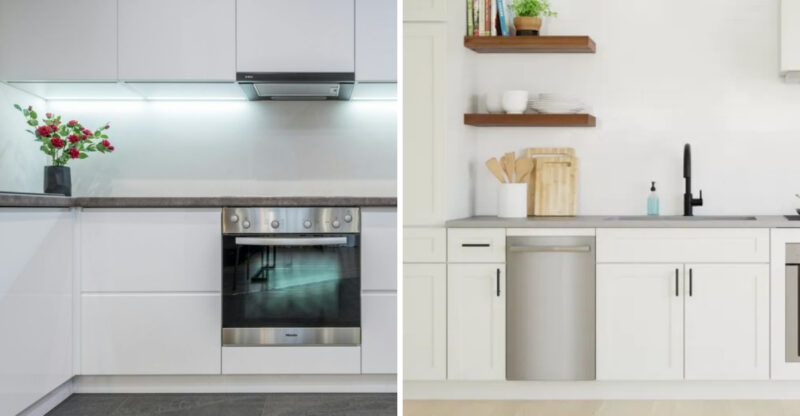8 Renovation Habits In Bathrooms That Contractors Often See Go Wrong
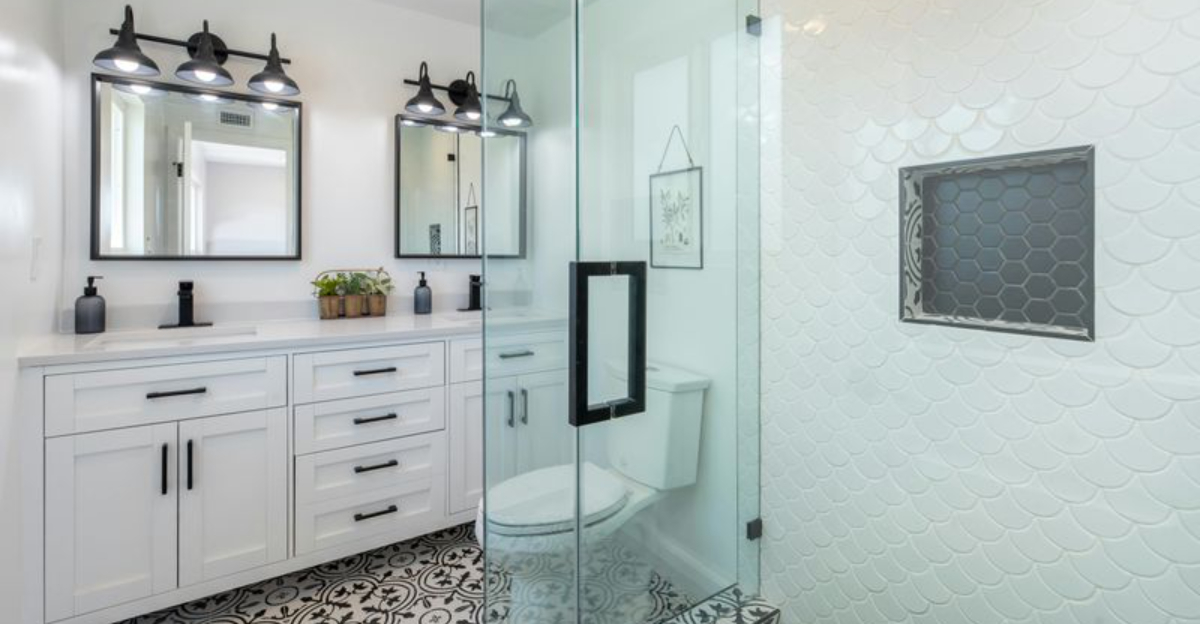
Bathroom renovations can turn your everyday space into a personal sanctuary. But without proper planning and execution, these projects often lead to costly mistakes and disappointing results.
Professional contractors see the same errors happening time and again, turning dream bathrooms into renovation nightmares. Let’s explore the most common bathroom renovation missteps that professionals encounter, so you can avoid these headaches in your next project.
Keep in mind that results may vary depending on your bathroom’s size, layout, and your choice of materials, so it’s always wise to plan carefully and consult experts when needed.
1. Skipping Proper Waterproofing
Water damage lurks behind beautiful tile work when homeowners cut corners on waterproofing. I’ve seen countless bathrooms where moisture silently destroyed subfloors and walls because someone thought a quick coat of paint would suffice instead of proper membrane systems.
Proper waterproofing requires multiple layers of protection, especially in shower areas and around tubs. This includes waterproof backing boards, quality membranes, and correctly applied sealants at all joints and penetrations.
The extra day spent on thorough waterproofing saves thousands in future repairs. Remember, water always finds the path of least resistance and that tiny pinhole in your waterproofing becomes an expensive leak down the road.
2. Installing Low-Quality Fixtures
Bargain-bin faucets and showerheads might look identical to premium options on day one, but six months later, the difference becomes painfully obvious. Cheap internal components corrode quickly, washers fail, and finishes start peeling away.
When clients try saving $200 on a faucet, they rarely consider the cost of hiring a plumber twice. Quality fixtures from reputable manufacturers offer warranties and replaceable parts that make them worthwhile investments.
If budget constraints exist, prioritize spending on frequently used items like faucets and shower controls. You can save on decorative elements instead. The frustration of a dripping faucet or failing shower valve far outweighs any initial savings.
3. Choosing Poor Ventilation
Moisture is your bathroom’s worst enemy, yet I regularly walk into renovated spaces with undersized fans or, worse, no ventilation at all. Steam from hot showers needs somewhere to go, otherwise it condenses on surfaces and creates perfect conditions for mold growth.
Proper ventilation requires a fan rated for your bathroom’s square footage, vented directly outside not just into an attic space. The fan should run during showers and for at least 20 minutes afterward to remove excess humidity.
Mold remediation costs far more than installing adequate ventilation during renovation. Plus, good ventilation protects your investment in paint, cabinetry, and fixtures by preventing premature aging from constant moisture exposure.
4. Overcrowding Storage
Excitement about maximizing storage often leads to cramped, unusable bathrooms. Oversized vanities and towering cabinets might hold more items, but they can make moving around uncomfortable or even dangerous.
Smart storage solutions focus on quality over quantity. Recessed medicine cabinets, strategic niches, and vertical storage maximize space without sacrificing movement. A bathroom needs breathing room both for safety and to create a relaxing atmosphere.
Before finalizing any storage plan, physically walk through the space. Mime your daily routines: Can you comfortably bend to access lower drawers? Will cabinet doors fully open without hitting other fixtures? These simple tests prevent frustrating design flaws that diminish your bathroom’s functionality.
5. Ignoring Lighting Placement
Harsh overhead lighting creates unflattering shadows that make grooming tasks difficult. I’ve seen beautiful bathrooms ruined by poor lighting choices that leave users frustrated when trying to apply makeup or shave.
Effective bathroom lighting combines multiple sources: ambient ceiling fixtures, task lighting at the vanity (ideally with fixtures on both sides of the mirror), and accent lighting to eliminate shadows. Consider how natural light changes throughout the day and supplement accordingly.
Don’t forget practical concerns like keeping proper clearance between lights and wet areas. Recessed fixtures above showers need proper ratings for wet locations. The right lighting transforms both the functionality and atmosphere of your bathroom, making it worth careful planning.
6. Using Incompatible Materials
Hardwood floors might look stunning in design magazines, but they spell disaster in high-moisture environments. Many homeowners choose materials based solely on aesthetics without considering how they’ll perform in a bathroom’s unique conditions.
Materials need to withstand temperature fluctuations, constant moisture, cleaning chemicals, and physical impacts. Porcelain tile, vinyl, natural stone (properly sealed), and cement-based products generally perform well, while standard drywall, carpet, and most woods don’t belong anywhere near bathrooms.
Even within appropriate categories, quality matters tremendously. A poorly manufactured porcelain tile might absorb water and crack during freeze-thaw cycles. Always research water absorption ratings, slip resistance, and maintenance requirements before making final selections.
7. Rushing Tile Grout
Impatience during the grouting process ruins otherwise perfect tile installations. Homeowners often rush to complete their projects, wiping grout too early or mixing incorrect ratios that compromise durability.
Proper grouting requires following manufacturer timeframes exactly from mixing to application to cleaning to curing. Grout needs adequate time to set before cleaning excess from tile surfaces, typically 15-30 minutes depending on temperature and humidity. Full curing takes even longer before the shower can be used.
Sealing grout in wet areas provides essential protection against water penetration and staining. This final step gets skipped frequently, leading to discolored, moldy grout lines within months. The extra day or two for proper grouting and sealing prevents years of regret.
8. Overcomplicating Plumbing Layouts
Fantasy bathroom designs often involve moving fixtures to create dream layouts without considering what lies beneath. Relocating toilets, showers, and sinks means extensive plumbing modifications that dramatically increase costs and complexity.
Each plumbing fixture requires proper venting, drainage slope, and access points for future maintenance. Moving fixtures even a few feet can necessitate breaking into concrete slabs, rerouting vent stacks through walls, or creating new drainage paths that might be physically impossible within existing structures.
Working with your existing plumbing rough-ins whenever possible saves thousands of dollars. If relocating fixtures is necessary, consult with plumbing professionals early in the planning process to understand the full scope of work required and identify potential structural challenges.

